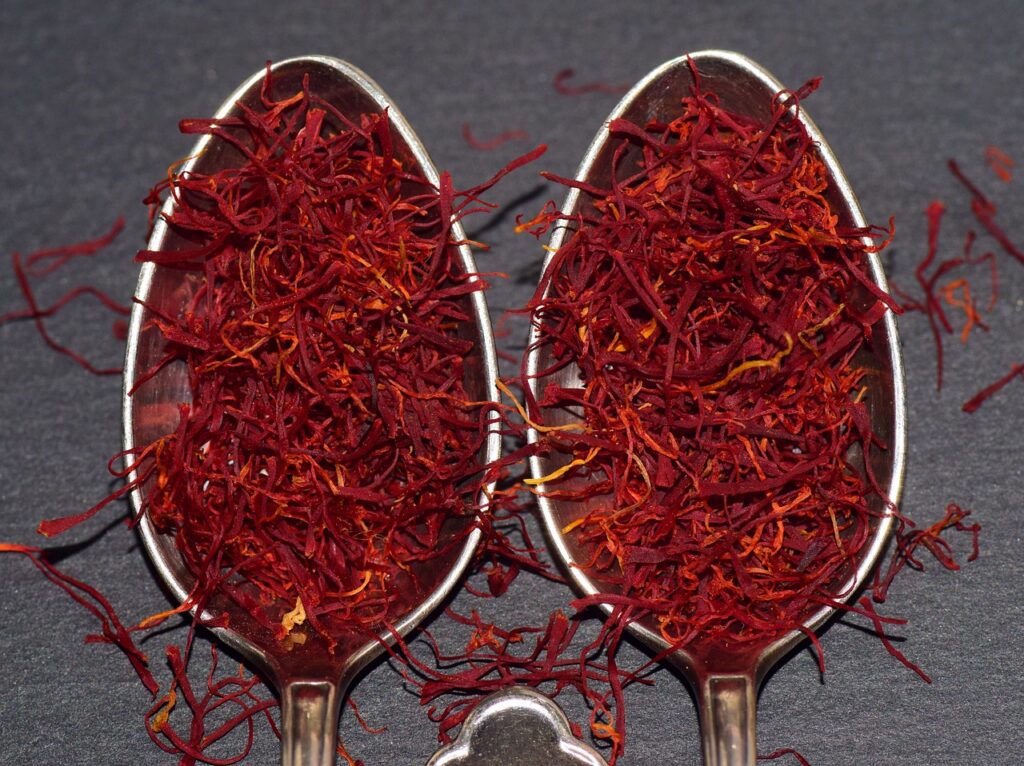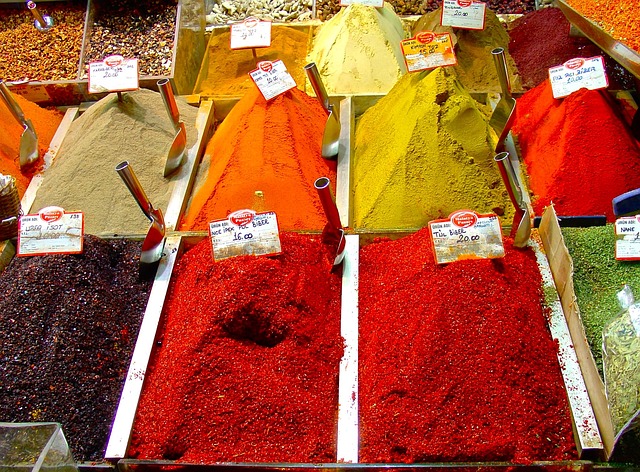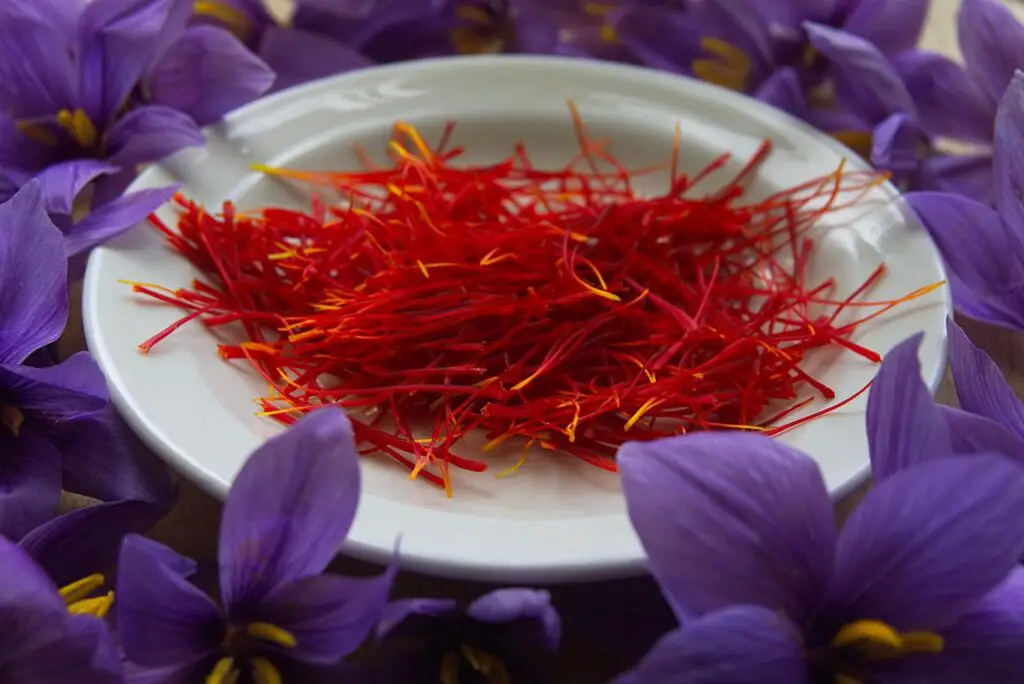Saffron, often referred to as “red gold,” is one of the most expensive spices in the world. Known for its unique flavor, aroma, and vibrant color, saffron is derived from the stigmas of the Crocus sativus flower. Growing saffron can be a rewarding endeavor for both home gardeners and commercial farmers. This guide will take you through the essential steps to successfully cultivate saffron.
Understanding Saffron
Before diving into the cultivation process, it’s important to understand a few key characteristics of saffron:
Plant Type: Saffron comes from the Crocus sativus, a perennial plant.
Climate: Saffron thrives in Mediterranean climates with hot, dry summers and cool, wet winters.
Soil: Well-drained soil with a pH between 6 and 8 is ideal.
Propagation: Saffron is propagated through corms, which are bulb-like structures.
Step-by-Step Guide to Growing Saffron
Selecting and Preparing the Site
Climate Consideration: Choose a location that mimics the Mediterranean climate. Ensure the site receives full sun exposure.
Soil Preparation: Test the soil pH and amend it if necessary to fall within the 6-8 range. Incorporate organic matter to improve soil fertility and drainage.
Site Layout: Plan for rows with a spacing of about 10-15 cm between corms and 20-30 cm between rows.
Planting Saffron Corms
Timing: Plant saffron corms in late summer to early autumn.
Depth and Spacing: Plant corms 10-15 cm deep and space them 10-15 cm apart within rows.
Planting Process: Dig holes or trenches, place corms pointed side up, and cover with soil. Lightly water the area after planting.
Caring for Saffron Plants
Watering: Water the plants immediately after planting. Ensure the soil remains moist but not waterlogged during the growing season. Reduce watering as the plants enter dormancy in late spring.
Weeding: Keep the area weed-free to reduce competition for nutrients and water.
Mulching: Apply a layer of mulch to help retain soil moisture and suppress weeds.
Harvesting Saffron
Bloom Period: Saffron flowers typically bloom in mid to late autumn.
Harvesting Technique: Harvest flowers early in the morning when they are fully open. Carefully pick the flowers by hand.
Stigma Collection: Extract the three red stigmas from each flower. Handle them gently to avoid damage.
Drying and Storing Saffron
Drying: Spread the stigmas on a clean cloth or paper in a single layer. Allow them to air dry in a warm, dark, and well-ventilated area for about a week. Alternatively, use a dehydrator set at a low temperature.
Storage: Store dried saffron in an airtight container in a cool, dark place. Properly stored saffron can last for several years while maintaining its quality.

Tips for Successful Saffron Cultivation
Crop Rotation: Avoid planting saffron in the same spot year after year to prevent soil-borne diseases.
Pest Control: Monitor for pests like rodents and bulb mites. Use appropriate pest control methods if needed.
Fertilization: Apply a balanced fertilizer in early spring to support plant growth.
Division of Corms: Every 3-5 years, divide and replant corms to maintain plant health and productivity.
Growing saffron can be a rewarding experience, providing both aesthetic pleasure from the beautiful flowers and the culinary delight of the spice itself. With careful planning, attention to detail, and a bit of patience, you can successfully cultivate saffron in your garden or on a larger scale. Whether for personal use or commercial purposes, the process of growing saffron is a journey worth undertaking.
Common Challenges in Saffron Cultivation
While growing saffron can be immensely rewarding, it is not without its challenges. Being aware of potential issues and knowing how to address them is crucial for successful cultivation.
Climate Sensitivity
Temperature Extremes: Saffron corms are sensitive to extreme temperatures. Ensure they are not exposed to prolonged freezing temperatures in winter or extreme heat in summer. Use mulch or row covers to protect them during temperature fluctuations.
Humidity: High humidity can promote fungal diseases. Plant saffron in well-ventilated areas and ensure proper spacing to enhance air circulation.
Soil Conditions
Drainage Issues: Poorly drained soil can lead to corm rot. If your soil has drainage issues, consider planting saffron in raised beds.
Soil Fertility: Regularly test soil fertility and pH. Amend the soil with organic compost or well-rotted manure to maintain optimal conditions.
Pests and Diseases
Rodents: Rodents like mice and voles can dig up and eat saffron corms. Use protective measures like wire mesh or traps to control rodent populations.
Bulb Mites: Bulb mites can infest corms, leading to poor plant health. Implement crop rotation and avoid planting in infested soil.
Fungal Diseases: Fusarium and Rhizoctonia are common fungal diseases that affect saffron. Ensure proper drainage and avoid over-watering to reduce the risk of fungal infections.
Labor-Intensive Harvesting
Manual Labor: Harvesting saffron is labor-intensive, as the flowers must be picked by hand and the stigmas delicately separated. Ensure you have enough labor to handle the peak harvesting period.
Timely Harvesting: Flowers need to be harvested promptly as they bloom to ensure the highest quality of saffron. Plan and schedule your harvesting activities to coincide with the bloom period.
Enhancing Saffron Yield and Quality
To maximize both the yield and quality of your saffron crop, consider these advanced techniques:
Corm Selection and Treatment
High-Quality Corms: Start with high-quality corms from a reputable supplier. Larger corms generally produce more flowers.
Corm Treatment: Before planting, treat corms with a fungicide to reduce the risk of soil-borne diseases.
Advanced Irrigation Techniques
Drip Irrigation: Implement drip irrigation to provide consistent moisture without waterlogging. This method is efficient and conserves water.
Soil Moisture Monitoring: Use soil moisture sensors to monitor and adjust irrigation schedules, ensuring optimal soil moisture levels.
Fertilization Strategies
Balanced Fertilization: Apply a balanced fertilizer with micronutrients to support plant health. Avoid excessive nitrogen, which can promote foliage growth at the expense of flowers.
Foliar Feeding: Consider foliar feeding with a seaweed extract or other organic foliar sprays to boost plant vigor and flower production.
Marketing and Selling Saffron
If you plan to grow saffron for commercial purposes, consider the following marketing strategies:
Quality Assurance
Quality Control: Ensure high-quality saffron by carefully managing the drying and storage process. Adhere to industry standards for saffron grading.
Packaging: Use airtight, light-proof containers to preserve saffron’s quality during storage and transportation.
Branding and Promotion
Brand Identity: Develop a strong brand identity highlighting the unique qualities of your saffron. Emphasize factors like organic cultivation, local production, and superior quality.
Online Presence: Create a professional website and utilize social media to reach potential customers. Share stories and visuals of your saffron farming process to engage your audience.

Market Channels
Direct Sales: Sell directly to consumers through farmers’ markets, online stores, or local shops.
Wholesale: Establish relationships with gourmet food stores, restaurants, and specialty spice retailers to sell in bulk.
Export: Explore international markets where saffron demand is high. Ensure compliance with export regulations and standards.
Growing saffron is a blend of art and science, requiring careful planning, diligent care, and a bit of patience. By understanding the plant’s needs, preparing the soil properly, and managing the cultivation and harvesting processes meticulously, you can successfully grow this precious spice. Whether you aim to produce saffron for personal use or as a profitable crop, the journey of growing saffron offers a unique and rewarding experience, connecting you with an ancient and esteemed agricultural tradition.






